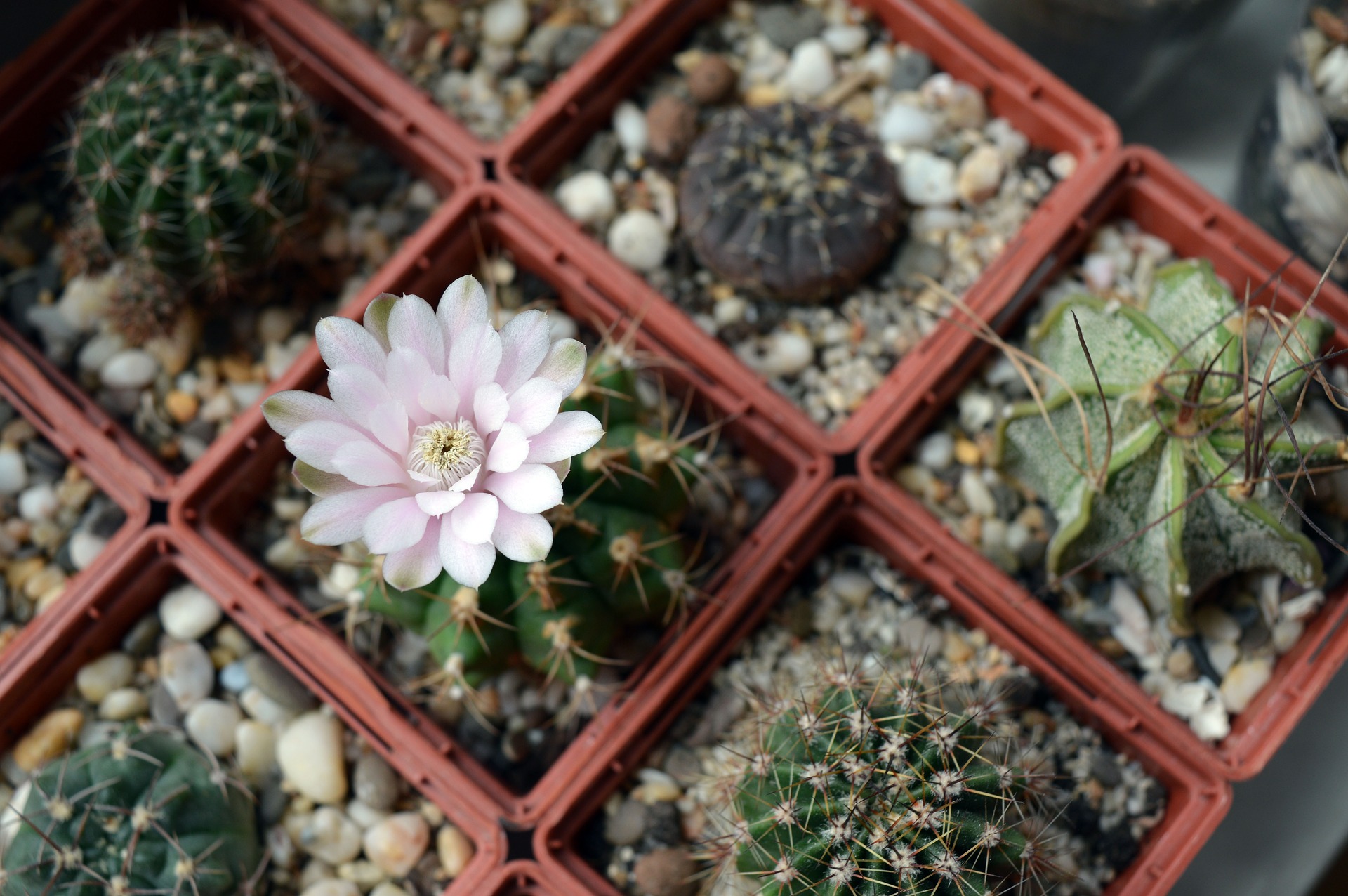
This winter, bring the outdoors inside with these indoor planting tips.
Keeping your home fresh and airy can be hard during the winter months when everyone is cabined up. Indoor plants are a great way of keeping the air clean and pure but what to do when your succulents are looking a bit peaky? IWOOT brings you the ultimate guide to indoor planting.

Greenhouse for Indoor Plants - Image from Pexels
How can indoor plants improve everyday life?
With their luscious foliages and bright flowers, indoor plants can really uplift a room and a mood. Increasingly popular in home decorating, introducing a plant into your home will not only add an extra feature but will also be beneficial to your health.
Being at one with nature is well known to increase feelings of well-being and lower stress levels. While adding plants into your everyday environment will not transform your home or office into the great outdoors, simply being that little bit closer to nature will have calm you. Humans experience less stress and higher levels of concentration when surrounded by greenery so office plants will improve work and mood.
SBS, or Sick Building Syndrome, can be reversed with the introduction of plants. Poor air quality, inadequate humidity control, and excessive background noise can all be regulated through pot plants and cut flowers. Air purification, humidity regulation, and noise diffraction are just some of the changes plants can bring to your daily routine. Plants can also augment or reduce the levels of CO2 in the air. The improved environment quality allows the body to be more relaxed and put more energy into the task at hand. Certain plants release CO2 during the night, improving the quality of your sleep.

Luxury Home with Indoor Plants - Image from Pixabay
How to Plant Indoor Plants?
Planting or repotting indoor plants can tough. There are so many specifications for different species but the basics to planting are pretty simple. Make sure that your potting soil is moist but not wet, you can stick your finger into the soil up to knuckle level and if the soil is still damp then you can proceed, otherwise, you will need to re-water. The first few days after planting are crucial. Keep an eye on the plant for a week or so, if mold starts to form on the surface of the soil then there is standing water at the bottom of the pot and water is not correctly draining. On the other hand, if the soil becomes light in colour and is cracked in places then it definitely needs watering again. Succulents, though, need dry periods in between watering so check soil on a daily basis for moisture.

Succulent Plants for Indoors - Image from Pexels
How to take care of indoor plants?
When caring for plants, your first preoccupation should always be sunlight. Too little and you plant could wither and die, too much and your plant may become scorched and, you guessed it, die. First, is your plant a flowering species or a foliage plant? Flowering plants need 12 - 16 hours per day whereas foliage plants need 14-16. If your plant isn't receiving enough sunlight, don't move it straight away. Plants acclimatise themselves to their surroundings pretty slowly and moving it suddenly into a different environment could have a negative effect.
Measure the humidity in the air. Tropical plants like humid spaces so if your room isn't humid enough, think about getting a small humidifier that you place close to the plant. Wilting, brown leaves, and poorly developed flower buds are generally signs that plants are suffering from low humidity. Grouping plants together help raise humidity levels.
Remember to fertilize your plants. Most plants will need the nutrients found in fertilizer in order to survive. Flowering plants will need a fertilizer high in potassium whereas foliage plants need a fertilizer with more nitrogen. For succulents and cacti, you will need a soil specifically designed for them or they will die.
Regularly prune your plant or it will die. Cut off dead branches and stems and always prune above the leaf node at a 45-degree angle to promote growth.









